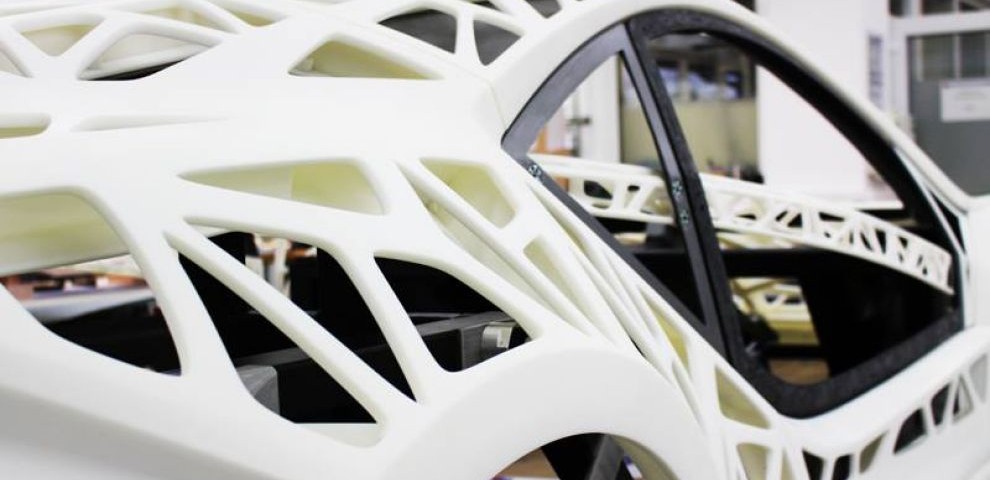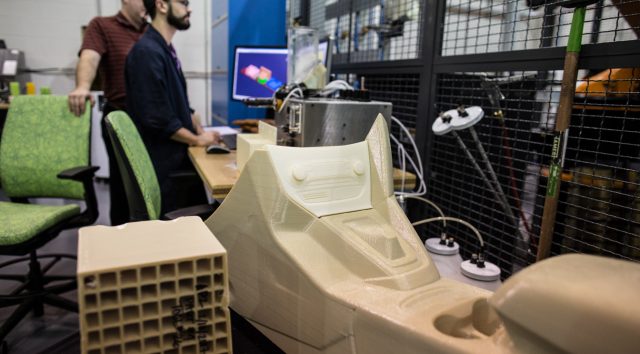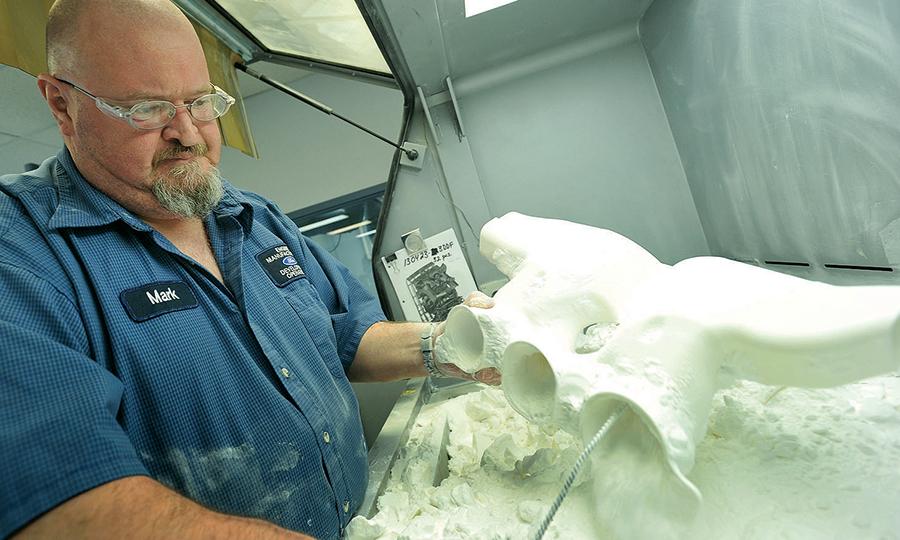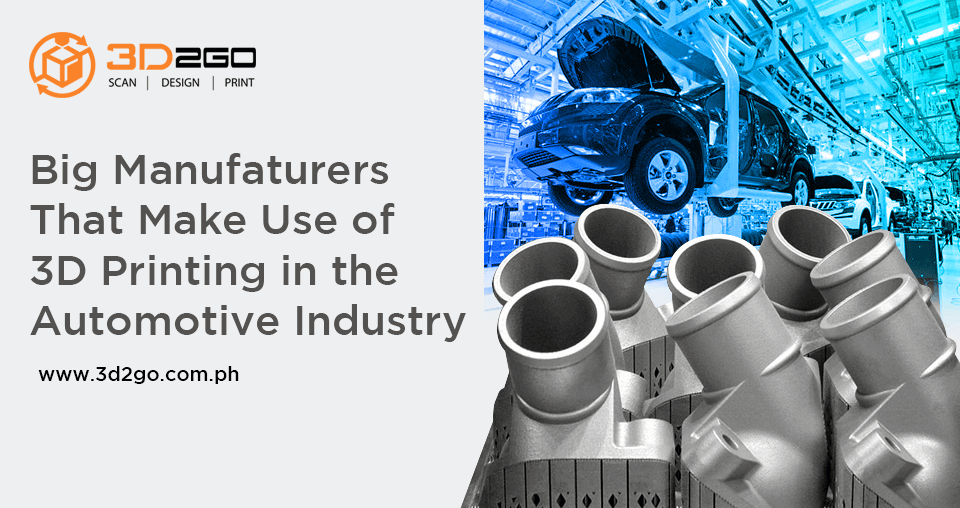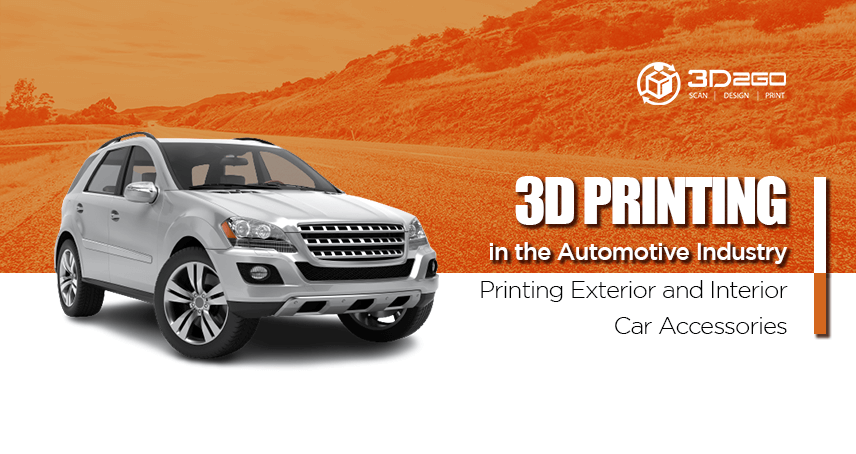
Top 3 Corporate Giveaways Made Possible Thru 3D Printing
May 11, 2022
Where Can I Buy A Customed 3D Cake Topper?
May 11, 2022Despite being a ‘fairly new’ and an innovative technology, 3D printing have been easily adopted as a tool for rapid growth by several sectors. Most notably of this is the automotive industry. As one of the pioneers of rapid prototyping and mass manufacturing, automotive makers and suppliers have undoubtedly more use for 3D printing than most.
This is due to the fact that in each step of the process it is the ideal tool to verify or communicate your design. From concept car to detailed engineering, it matches the designer’s prototype as close to reality as possible. For making prototypes, though, automakers and suppliers say 3D printing has been ‘transformative’ to say the least.
3D printing is a well-established part of the auto industry. As the cost declines and capabilities improve, automakers and suppliers increasingly are relying on 3D printing to shorten product development cycles, cut prototype costs, reduce mechanical failures and test new ways of raising fuel efficiency.
From Automotive News:
Ford Motor Co. builds more than 12 vehicles around the world every minute. Local Motors needed six days to build just one car during a recent demonstration in Chicago.
Both are heavily dependent on technology known as 3D printing, which takes raw materials and forms them into objects one ultra-thin layer after another. Ford uses it to build prototypes and make product testing more efficient, but Local Motors is going even further by making the chassis and body of its cars in giant, $1 million printers.
“Instead of having one manufacturing location, like Detroit or Japan, we’ll have microfactories all across the world so people come in and customize their auto-buying experience,” said James Earle, Local Motors’ lead engineer on the project. “It allows the consumer to interact a lot more with how their car is made.”
3D printing has greatly reduced the number of recalls needed to replace faulty mechanical parts because engineers can test parts earlier in the development process. Many product recalls these days are for malfunctioning electronics and sensors rather than poorly designed parts.
Ford Motor Co, which bought the third 3D printer ever made nearly 30 years ago, now operates five labs that take anywhere from a few hours to a couple of days to form parts out of resin, silica powder, sand or even metal.

In 2010, Ford Motor Co. Announced that it had avoided what would have been a costly, four-month delay in rolling out the Ford Explorer when it used one of the labs to quickly diagnose and resolve a brake-noise problem discovered shortly before launch. It also used 3-D printing — also called additive manufacturing or rapid prototyping — to maximize the efficiency of its EcoBoost engine lineup, including the new 2.7-liter engine going into the upcoming F-150 pickup.
“That engine was prototyped from bottom up using these technologies,” said Harold Sears, a Ford additive manufacturing technology specialist. “These processes are touching every part, from bumper to bumper and roof to ground.”
Today, nearly every automaker and many suppliers have made 3D printing an element of product development.
In one instance a Toyota Motor Corp. spokesman stated that 3D printing for automotive industry is now “widely used” to assess the ergonomics, feel and response of parts. These qualities that can’t traditionally be easily replicated on a computer model can now be accessible due to this new technology. Many companies began exploring the use of 3D printing at least 10 or 20 years ago, while Mitsubishi said it bought a 3D printer just last year after seeing how much the cost and performance of the machines had improved.
Experts also say 3D printing for automotive industry also has potential for customized aftermarket parts or replacement parts in cases where the originals are no longer available. Collectors of classic cars, for instance, could also use it as an alternative to searching for a hard-to-find item.


